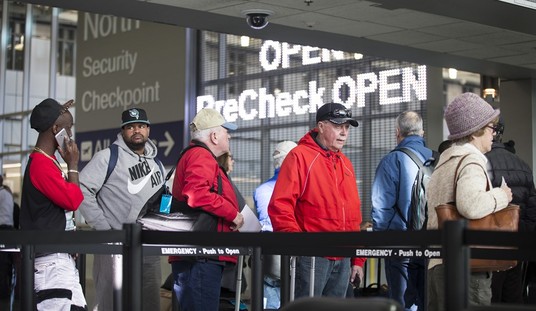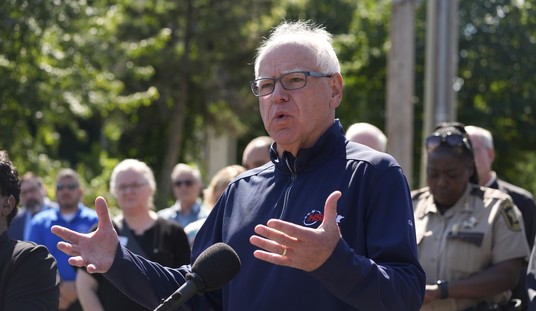Over the past several weeks, the overall stock market has resembled a roller coaster — down up, down up and then a quick drop. That is the case no matter which major market index we look at. The only real difference among the Dow Jones industrial average, the S&P 500 and the Nasdaq composite index has been the degree of the drop. While the first two indexes have fallen more than 6% over the past month, the Nasdaq composite index dropped a more pronounced 7.5% in the past four weeks and nearly 11% since Sept. 14.
With the presidential election behind us, the primary driver behind the drop in the stock market has been the uncertainty associated with the looming “fiscal cliff.” In the December issue of my investing newsletter, PowerTrend Profits, I did a deep dive on the “fiscal cliff,” what it is and what the impact will be on tax rates, tax deductions and more. While the politicians in Washington will look to hammer out a deal to avert the cliff, uncertainty over when that deal may be reached as well as what it entails will have companies and consumers hoping for the best but planning for the worst. To me, it means that as we inch closer to the year’s end without a deal, companies will revisit their forecasts, slow if not halve capital spending projects, freeze hiring and at least prepare for reductions in head count.
A number of companies, including Boeing Co. (BA), Texas Instruments Inc. (TXN) and Xerox Corp. (XRX), have announced layoffs. Taken together with similar announcements ahead of Election Day, and the result was a dramatic increase in weekly initial jobless claims this week. That weekly metric jumped 78,000 week over week to 439,000. While some will attribute a portion of the increase to Hurricane Sandy, we cannot dismiss the impact of the fiscal cliff.
Aside from layoffs, we are starting to see uncertainty related to the fiscal cliff creep into other economic data. Not only did the Federal Reserve Bank of Philadelphia’s Business Outlook Survey reflect a contraction in manufacturing activity as the index fell from 5.7 in October to -10.7 in November, but its Manufacturing New Orders Index fell from -0.6 in October to -4.6 in November. Also this week, the general business conditions index that is part of the Empire State Manufacturing Survey marked the fourth consecutive negative month in November.
As if things could not get any better, Greece once again has entered the picture and the latest data from Eurostat puts the eurozone back into a recession for the second time in four years. Eurostat’s first reading of gross domestic product for the three months ended in September showed a contraction of 0.1% in the eurozone, after a decline of 0.2% in the second quarter. To those who have been following the data over the past few months, this comes as no surprise, but the timing alongside the fiscal cliff will only amplify the pressure on the stock market.
Viewing that landscape, the U.S. consumer likely will think twice before plunking down hard-earned cash on discretionary items — that is, items they would like to have but may not need to have. As I always say, one person’s pain point is an investor’s opportunity, and that means good things for companies that produce necessities that we use day in and day out. Examples include paper products, food and wireless services. That means looking at companies such as Kimberly Clark Corp. (KMB), Kraft Foods Group (KRFT), Kellogg Co. (K), Campbell Soup Co. (CPB) and AT&T Inc (T). Another category to consider is what I call the guilty pleasure products — things that consumers will buy no matter what — tobacco, chocolate and alcohol. Representative companies for those inelastic goods include Altria Group (MO), The Hershey Co. (HSY), Molson Coors Brewing Co. (TAP) and Beam Inc. (BEAM).













Join the conversation as a VIP Member